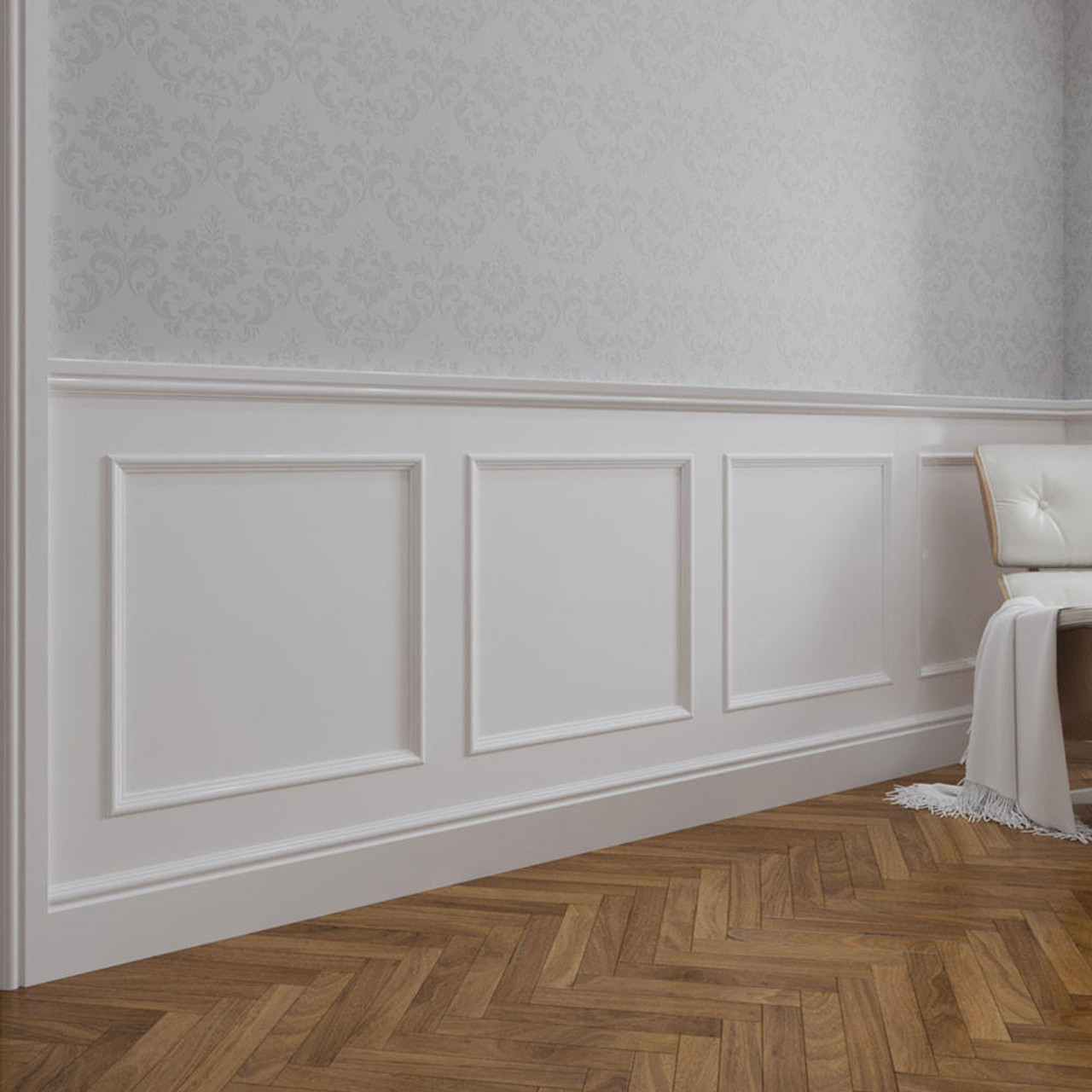DIY Techniques for Ideal Wooden Wall Paneling Design
DIY Techniques for Ideal Wooden Wall Paneling Design
Blog Article
DIY Tips for Perfect Wooden Wall Paneling Design
Wooden wall paneling has observed an extraordinary resurgence in inside design trends, offering a little style, warmth, and versatility to any room. Making the best choice for your space can convert a bland wall into a wonderful central point. From style considerations to useful tips, that information can go you through how to select the right mdf panelling kit for your property or office.
1. Look at the Room's Purpose and Aesthetic
Functionality
Each space at home serves a unique purpose, and your choice of wooden paneling must match it. For an income space, you might choose extraordinary, distinctive timber to generate an tempting ambiance. Rooms may possibly take advantage of clean, smart panels for a inviting and tranquil vibe. For rooms like kitchens or bathrooms, assure you decide on paneling that is moisture-resistant or sealed to tolerate humidity.
Design and Theme
The appearance of the paneling should align together with your room's over all theme. For modern interiors, clear lines and light-colored woods such as for instance birch or maple develop a smooth look. Rustic or farmhouse rooms are produced alive with distressed timber or reclaimed wood featuring warmer, natural tones. A Scandinavian-inspired style usually benefits from light woods and easy grain patterns.
2. Pick the Kind of Timber and End
Strong Timber vs. Engineered Timber
Solid wood paneling has an traditional search, toughness, and eternal appeal, but it can be expensive. Manufactured timber sections, on another give, are less expensive and come in various designs and finishes. They could imitate the looks of solid wood while giving improved humidity opposition and less susceptibility to warping.
Finishes and Solutions
Cell finishes, such as for example stained, painted, or varnished wood, perform a significant role in deciding their final appearance. Discoloration features the organic grain of the timber, while painted sections permit a broader range of shade options. For additional safety, ensure the panels are made with treatments suited to your environment.
3. Think About Screen Size and Orientation
Wall paneling is available in a number of dimensions, from thin strips to large sheets. Straight cells will make a space appear older, which is fantastic for spots with lower ceilings. Horizontal paneling, on another hand, yields a greater feel, creating smaller areas look greater and more open.
4. Know Your Budget
Set a budget that includes not only the price of the wood paneling but in addition installment and maintenance expenses. While advanced wood possibilities, like walnut or maple, may possibly raise your room, there are lots of cost-effective solutions like plywood or medium-density fiberboard (MDF) that still provide aesthetic attraction at a portion of the cost.
5. Examine Light in the Space

The type of wood and their finish may react differently to light. Light woods brighten candlight rooms, showing sunlight or synthetic light. However, richer woods include depth and abundance to normally brilliant rooms but might make little or defectively lit places experience more surrounded if greatly used.
6. Aspect in Longevity and Preservation
Each type of wooden panel requires different quantities of upkeep. Hardwoods like cherry or mahogany are tough and long-lasting but may need more polishing to maintain their go over the years. Manufactured wood or systems with protective films in many cases are simpler to wash and care for, especially in high-traffic areas.
Raise Your Decorations with the Proper Wooden Paneling
Selecting the most appropriate wooden wall paneling can completely convert the appearance and feel of your space. Keep your room's performance, style, and practicality in mind as you explore options. With clever choice, wooden paneling blends purpose and model, providing your rooms an eternal appeal that aligns with contemporary design trends. Report this page